How I mounted my 120-year-old Bausch & Lomb + Beck lens
Several people have contacted me privately and asked for information regarding how I actually mounted my 120-year-old Bausch & Lomb + Beck lens on my µ4/3 camera. I hope in this article to shed a little light on how one can make such an old lens and seemingly-incompatible lens actually stay on a modern mirrorless camera, whilst allowing it sufficient flange distance to focus on infinity. Importantly, I want to show how to do so, without causing any damage to the 120-year-old vintage lens.
Making a 120 year old lens work on a modern mirrorless camera, series…
- Making a 120-year-old Bausch & Lomb + Beck lens work on a modern mirrorless camera.
- 120 year old Bausch & Lomb + Beck lens, in action, on Portsdown Hill.
- How I mounted my 120-year-old Bausch & Lomb + Beck lens. (You are here.)
Essentially I needed a thick disk with an M42 male thread to screw this old lens onto the Vorsatz macro bellows. Enter the man that my wife describes as my “Lens Friend from Tunbridge Wells” and his and his fantastic plastic machine. He actually printed he exact part I needed from my spec. using his 3D printer. He used a substance known as PLA (polylactic acid or polylactide). This is an environmentally-friendly biodegradable and bioactive polyester, based on lactic acid. The component he made using PLA is shown on the left in the picture below…
[Please click on images to enlarge]
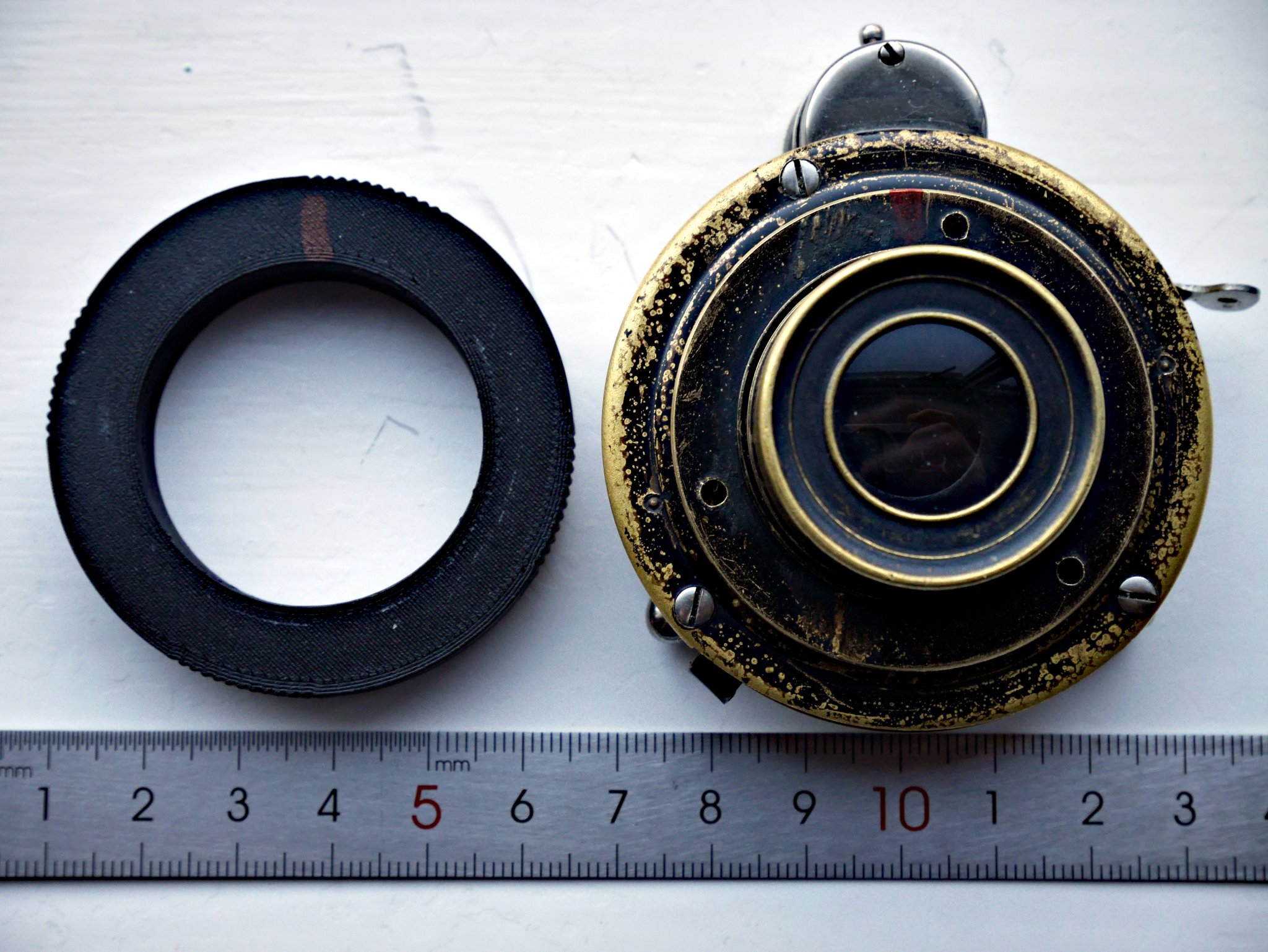
Fixing the lens to the printed plastic adaptor
On one side of the printed plastic adaptor, there is a standard male M42 metric thread, about 5 millimetres long. On the other side, it appears as a plastic disc, 52mm outside diameter, with a 36mm diameter hole in the middle. The disc is about 4mm thick. This is deep enough to accommodate three small self-tapping screws. Which meant that the printed plastic adaptor component required three tiny holes so that I could secure the brass ring that came with the lens.
I started the holes with my dad’s old bradawl, so the drill didn’t slide around and the holes ended up exactly where I wanted them. Then I used my trusty Proxxon c/w a 1.2mm bit to make the holes. The screws are simple 2mm x 4mm countersunk stainless steel self tappers, which bit into the PLA perfectly.
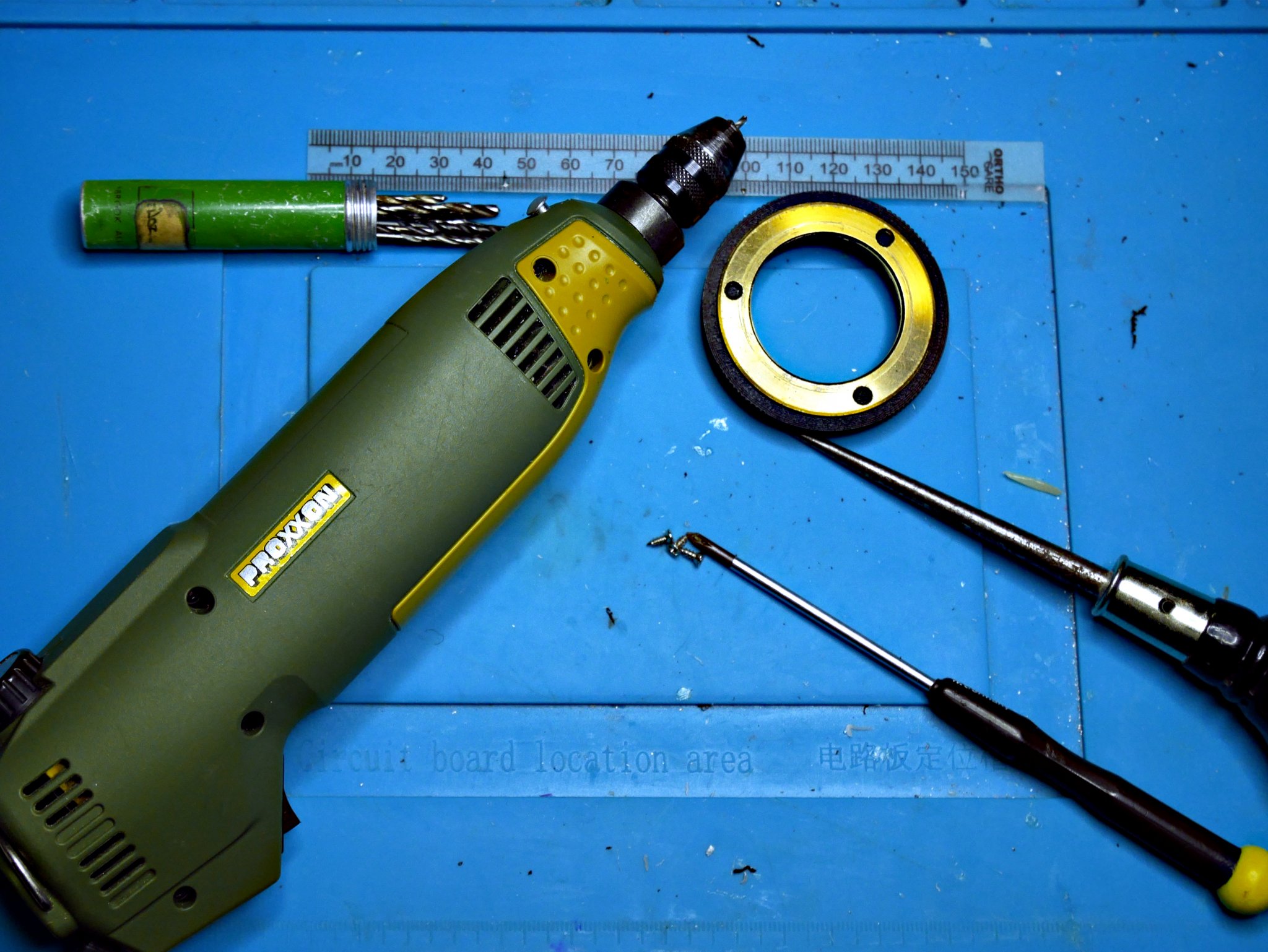
Please forgive the grubby work mat. I really should have cleaned it first, but inner six-year-old couldn’t wait to get started…
Dealing with a very long flange focal distance
Picture below shows M42-threaded macro bellows c/w pre-assembled adaptor ready to screw onto it. As I mentioned earlier, on the other side of the printed plastic adaptor, there is a standard M42 male thread.
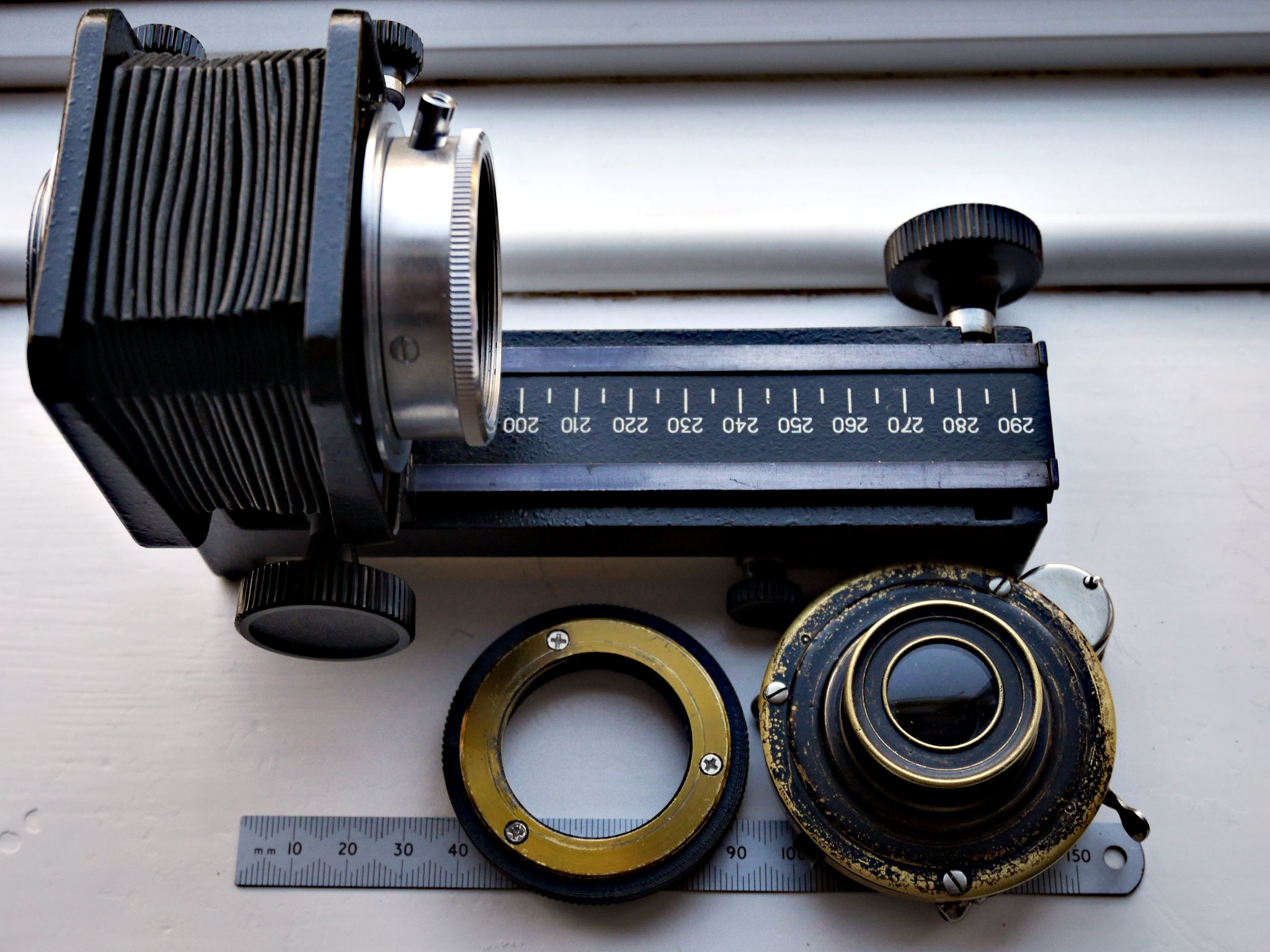
Earlier experimentation indicated that the focal flange distance for this lens, in order to focus at infinity is around 122mm. The obvious way to achieve this is to use some sort of variable macro bellows. Fortunately I found a cheap Soviet Era Vorsatz M42 bellows set, £13.50 from a seller on eBay. Whilst it is not shown in the image, I also needed a standard M42 to µ4/3 adaptor in order to secure my camera onto the macro bellows. As luck would have it I already have lots of these adaptors. They are dirt-cheap, all-metal Chinese things, available for a few quid each on eBay.
I calculate – well guestimate – that the focal length of the lens is around 102mm. This is based on the fact that the physical size of the aperture at f/8 was a tad under 13mm. In fact, I reckon this was probably sold as a “4 inch lens“! Whether you measure the focal length in millimetres or inches, it is a rather long lens for my tiny mirrorless Lumix µ4/3 devices. It behaves like a 204mm would on a 135 camera.
This very long focal length means the lens is not much use indoors or in the studio. Well, it might work for head shots. But then it occurred to me that it might perhaps also have a use as a macro lens? Moreover this macro bellows has the ability to increase the total flange focal distance to around a theoretical 280mm.
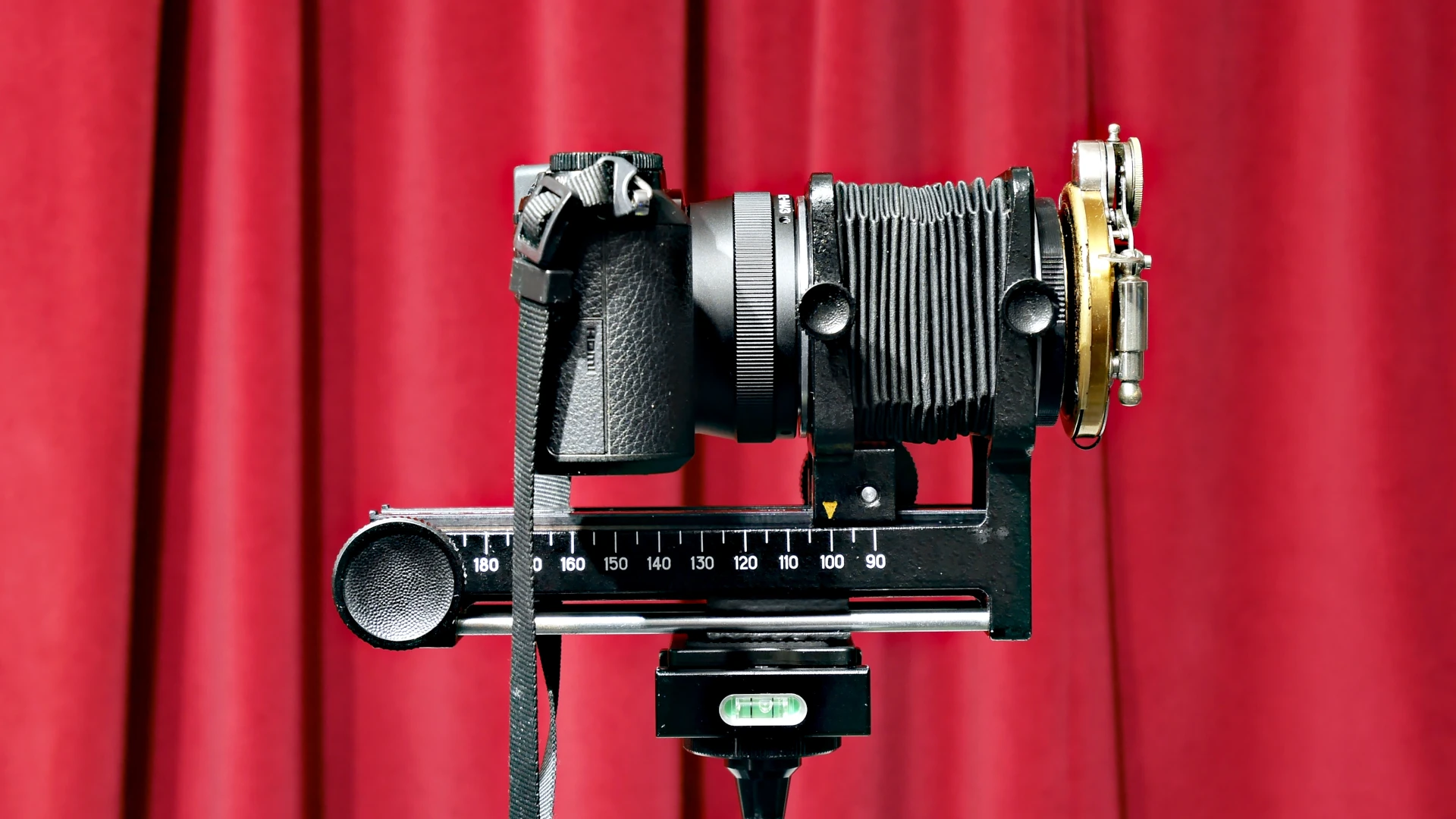
Macro
Much to my surprise, this old lens is indeed a reasonably effective macro lens. One can focus to within about about 35 centimetres of an object. This delivers a macro magnification ratio of just under 1:2. Or to be more precise, 1:1.88 . I.e. the 17.3mm width of my camera’s sensor is filled by an object with a width of 32mm.
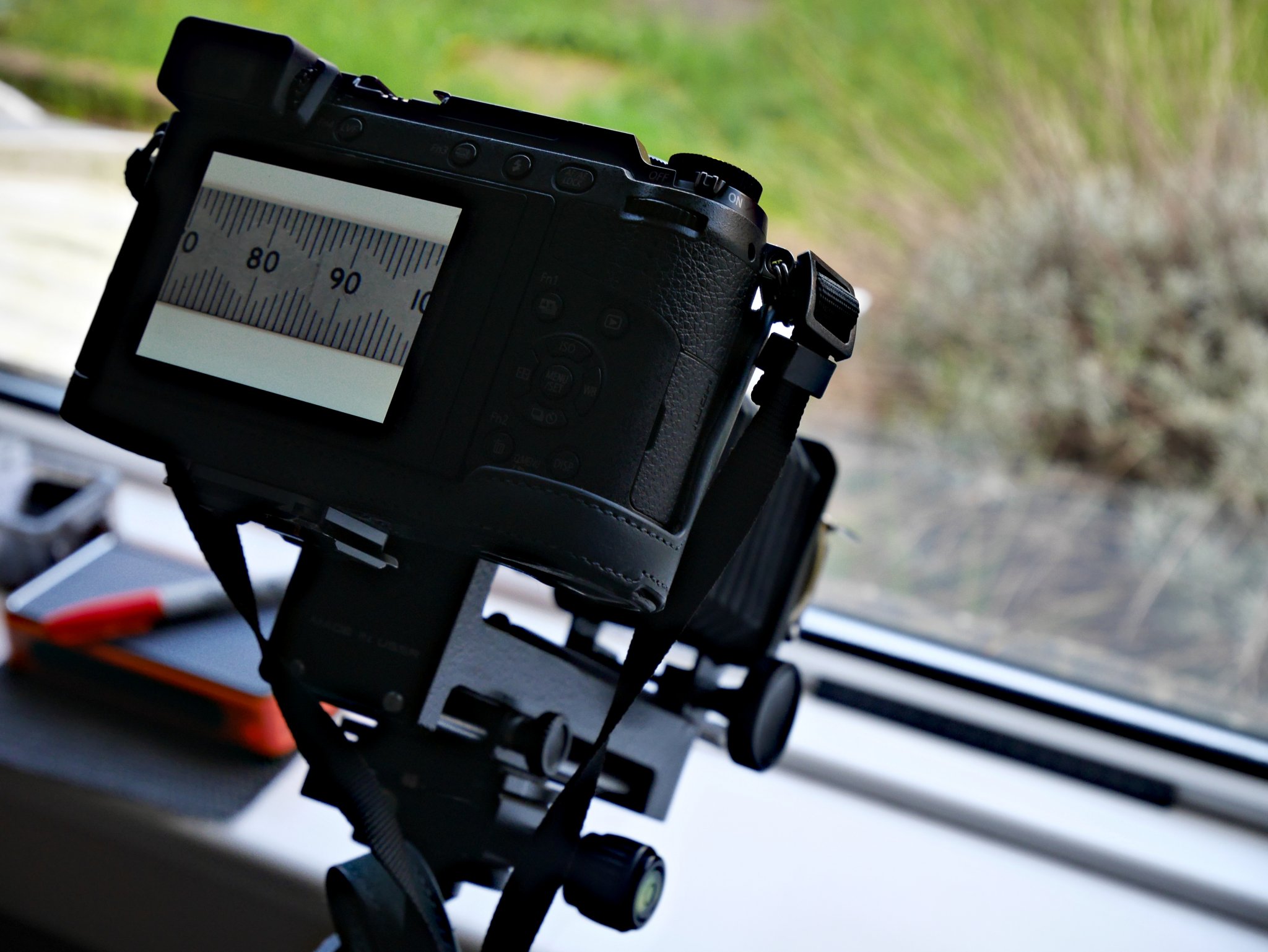
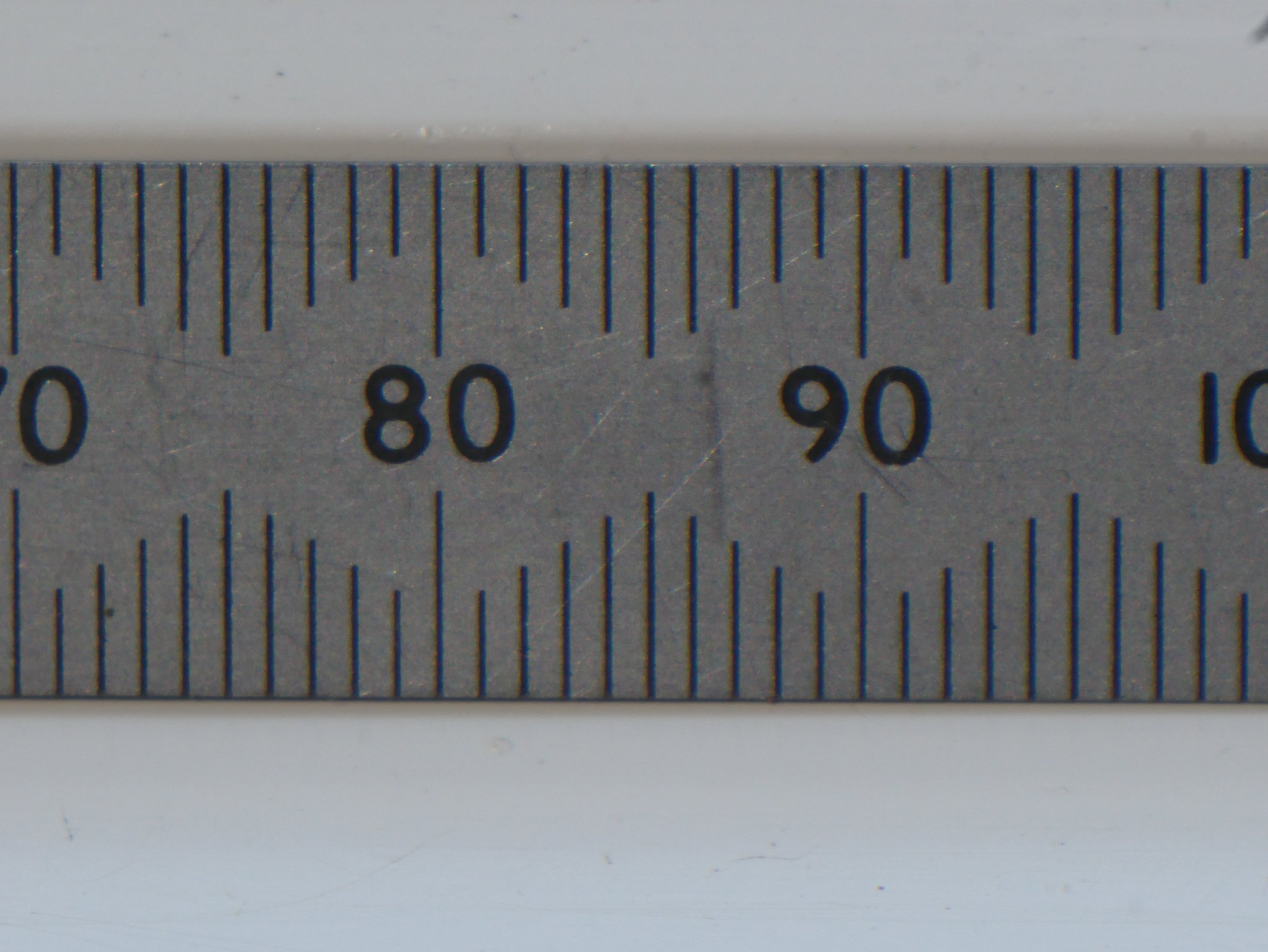
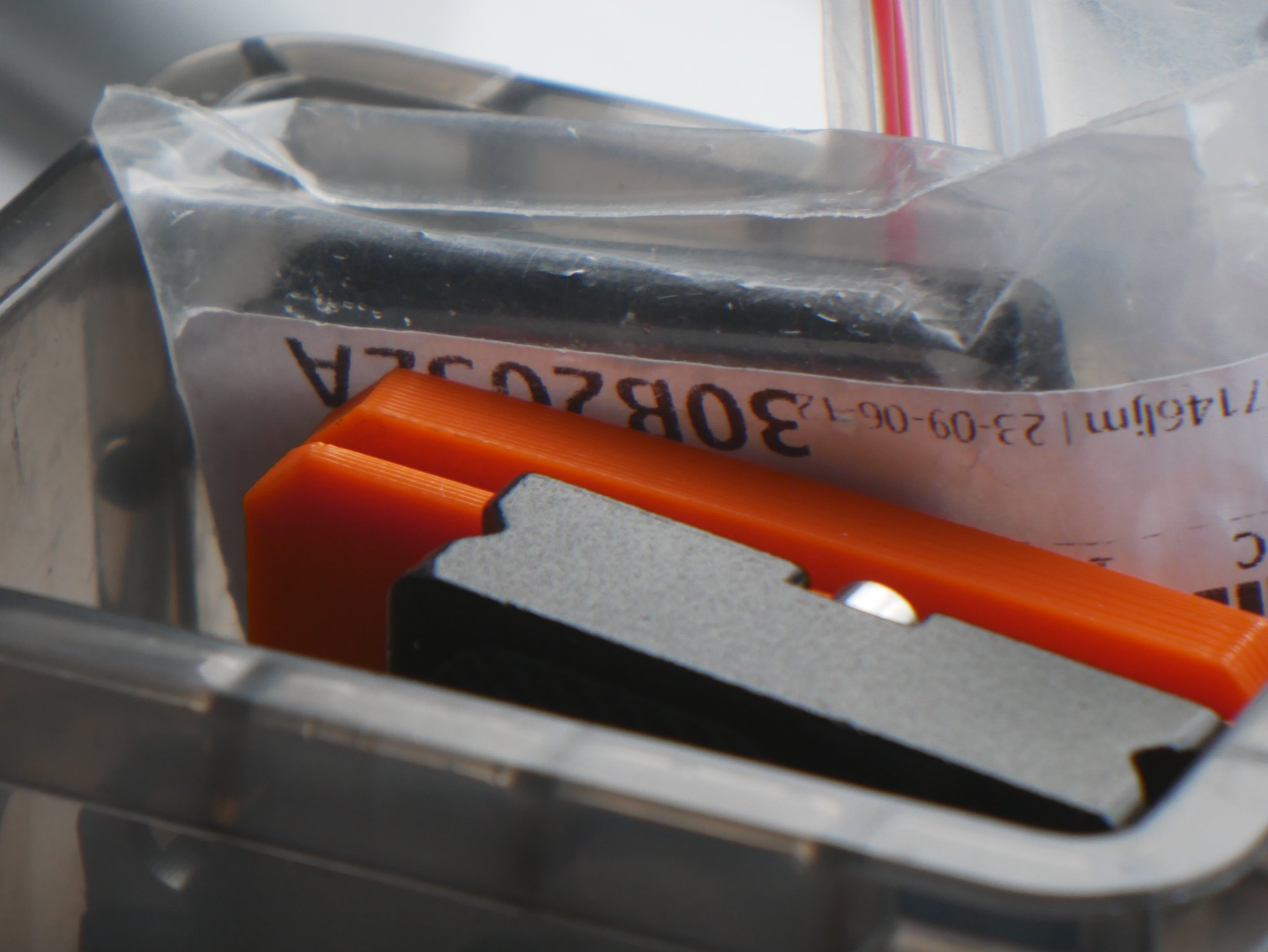
Granted this is not as crisp and sharp as a modem lens. And, as I observed in previous articles, this lens suffers a certain amount of chromatic aberration. But considering its age, and the fact it was made when the notion of colour film was still mostly theoretical, I think its overall performance is actually pretty good.
- More about macro ratios from DPReview…
https://www.dpreview.com/articles/6519974919/macro-photography-understanding-magnification - More about PLA (polylactide) used in 3D printing…
https://3dinsider.com/what-is-pla/

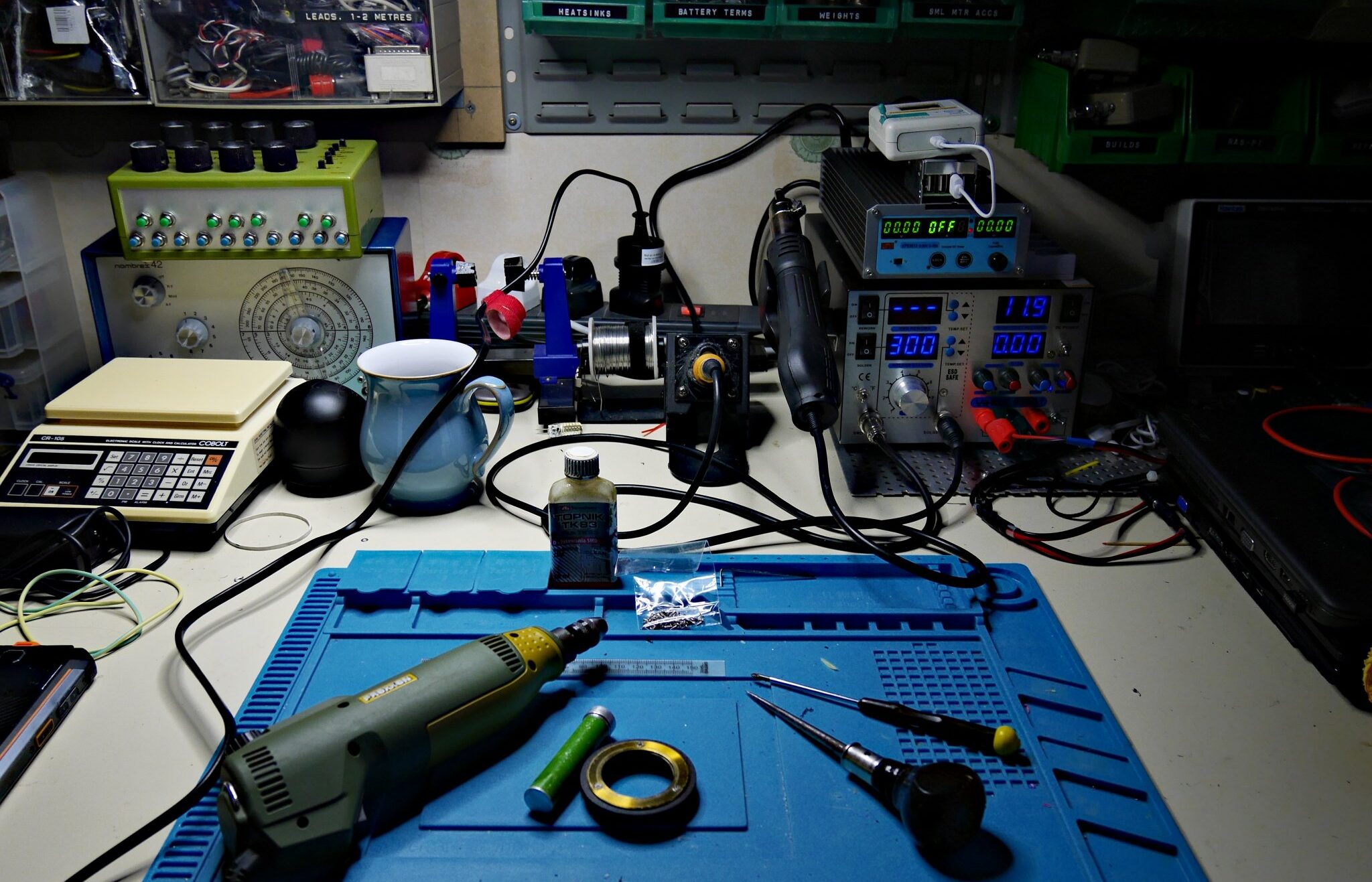
2 Comments